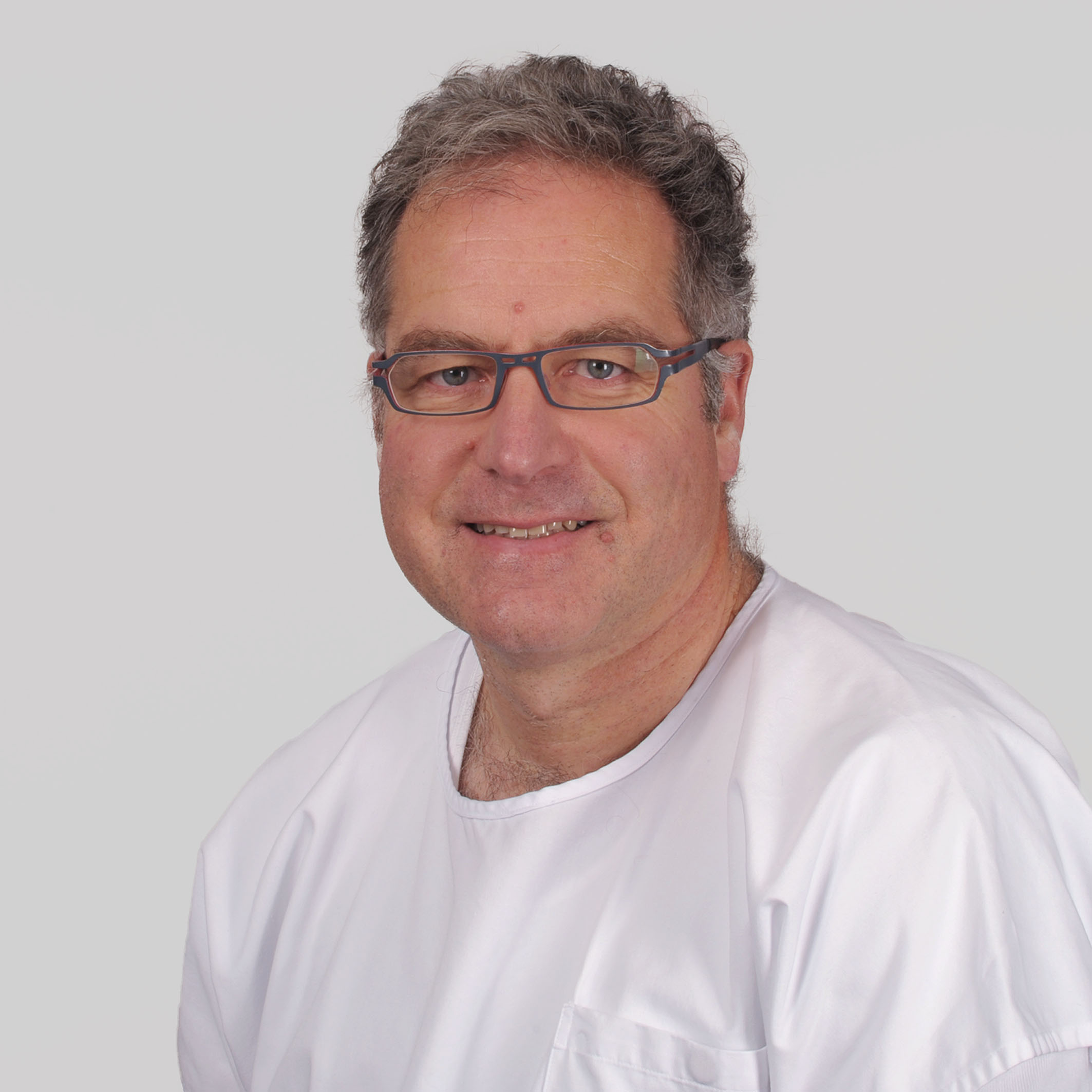Invited Speaker

Prof. Franz E. Weber
Oral Biotechnology & Bioengineering, Center for Dental Medicine, University of Zurich, SwitzerlandSpeech Title: Osteoconduction and bone augmentation: when design meets bone biology
Abstract: In the last decades, advances in bone tissue engineering mainly based on osteoinduction and stem cell research. Only recently, new efforts focused on the micro- and nanoarchitecture needed to improve and accelerate bone regeneration. By the use of additive manufacturing, libraries of bone substitutes were produced and tested for the optimal pore size, filament dimension, or lightweight microarchitecture to treat bone defects and promote bone augmentation. To that end, we produced pore-based, filament-based and triply periodic lightweight-based scaffolds and tested them in a cranial defect and a bone augmentation model in rabbits.
For the production of scaffolds, we applied the CeraFab 7500 from Lithoz, a lithography-based additive manufacturing machine and studied tri-calcium phosphate- based and hydroxyapatite-based scaffolds. As in vivo test model, we used a calvarial defect and a bone augmentation model in rabbits. Histomorphometry and microCT analysis showed that optimal pore and filament designs for osteoconduction differ from the ones for bone augmentation. For triply periodic minimal surface lightweight microarchitectures, a single gyroid- and diamond-microarchitecture performs well in bone augmentation and cranial defect models. Small adjustments of filament-based microarchitectures orchestrate cell differentiation towards osteoblasts and facilitates angiogenesis.
In essence, we have identified the optimal triply periodic lightweight, pore-based and filament-based microarchitecture for bone augmentation purposes needed for the placement of dental implants and for cranial defects. We learned that the optimal pore-based and filament-based microarchitecture for bone augmentations differs from the best for the treatment of defects. Moreover, we saw that additive manufacturing appears as a promising tool for the production of personalized bone substitutes to be used in cranio-maxillofacial surgery, dentistry, and orthopaedics.
Keywords: Additive manufacturing, Bone substitute; Osteoconduction; bone augmentation Microarchitecture.
Biography: Franz Weber graduated from the University Konstanz (Germany) with a PhD in Biology/Muscle Biochemistry. He completed a 3-year postdoctoral training on muscle cell biology at Cornell University Medical College in New York City and served as a lecturer in the Department of Cell Biology and Anatomy. He spent the following two years at Biochemistry of the ETH Zurich working on the lipid uptake from the small intestine. In 1995, he joined the Department of Cranio-Maxillofacial and Oral Surgery at the University Hospital Zurich. Beside his obligations at the University of Zurich, he became Director of the European Technical Center of Inion Ltd in Cambridge (UK) in 2005 and occupied this position until 2009. His research encompasses additive manufacturing, bone substitutes, osteoconduction, bone morphogenetic proteins, delivery systems, epigenetics, bone and pulp tissue engineering. Franz E. Weber has authored 137 peer-reviewed research articles published in international journals amounting to more than 7234 citations, 16 patents, several review articles, book chapters, and an h-index of 40. He is member of TERMIS (Tissue Engineering international & Regenerative Medicine Society), IADR (International Association for Dental Research), DKG (German Ceramic Society), ACerS (The American Ceramic Society), and SSB+RM (Swiss Society for Biomaterials and Regenerative Medicine).
He is currently appointed as Professor of Craniofacial and Oral Biotechnology at the Center of Dental Medicine, member of the Medical and the Science Faculty of the University of Zurich.
